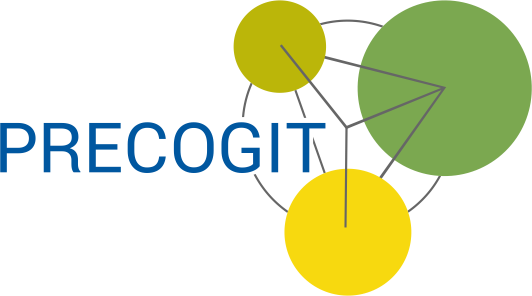Implementing a modern warehouse management system (WMS) such as SAP Extended Warehouse Management (EWM) is a key step toward making logistics processes more efficient. However, executing such a project requires a well-thought-out approach, clear project governance, and informed decisions about the level of system customization. This article outlines how to successfully implement SAP EWM and compares the advantages and disadvantages of a standard versus a customized solution.
Approach to Implementing SAP EWM
- Project Initialization
- Defining Objectives: Clear targets for efficiency improvements, process changes, and KPIs.
- Building the Project Team: Forming an interdisciplinary team consisting of IT experts, logistics specialists, and external consultants.
- Stakeholder Management: Identifying all relevant stakeholders and involving them early in the process.
- Analysis and Design
- As-Is Analysis: Reviewing current processes and identifying areas for improvement.
- To-Be Concept: Developing a target vision that reflects the company’s requirements.
- System Architecture: Defining how SAP EWM will integrate into the existing system landscape (e.g., SAP ERP, S/4HANA).
- System Configuration
- Customizing: Configuring the system based on defined business needs.
- Master Data Migration: Preparing and migrating master data into the new system.
- Integration Testing: Ensuring seamless interaction between SAP EWM and other systems.
- Testing and Training
- Process Testing: All defined processes should be tested under realistic conditions.
- User Training: Training end-users to ensure smooth system operation from day one.
- Go-Live and Hypercare
- Go-Live: Launching the system in the productive environment.
- Hypercare Phase: Providing intensive support to users and quickly resolving initial issues.
Project Management Approaches
Effective project governance is critical to the success of SAP EWM implementation. Proven methodologies include:
- Agile Methodology: Frequent sprints and reviews allow flexible responses to changes.
- Waterfall Model: A clearly structured project with defined phases and milestones.
- Hybrid Approach: A mix of agile and classical methods, combining structure with flexibility.
- Project Management Tools: Tools like Jira, MS Project, or SAP Solution Manager help monitor tasks, milestones, and risks.

Standard vs. Customized System
Standard-Based System
A standard-based system uses SAP EWM’s preconfigured functions with minimal customization.
Advantages:
– Faster implementation
– Lower development and maintenance costs
– Future-proof due to SAP updates
Disadvantages:
– Limited flexibility in mapping specific processes
– Business processes may need to adapt to the software
Customized System
A customized system is tailored to meet the specific needs of the business.
Advantages:
– Optimal mapping of individual processes
– Competitive advantage through tailored solutions
Disadvantages:
– Higher development effort and costs
– Increased risk with updates and ongoing maintenance
Conclusion
Implementing SAP EWM is a complex yet rewarding project that requires a clear strategy and well-informed decisions. While a standard-based approach offers cost efficiency and quicker deployment, a customized solution provides greater flexibility and process alignment.
The choice between these two approaches should always be based on a thorough analysis of your organization’s needs. With sound project management and the right implementation strategy, your business can achieve lasting improvements in warehouse logistics.

